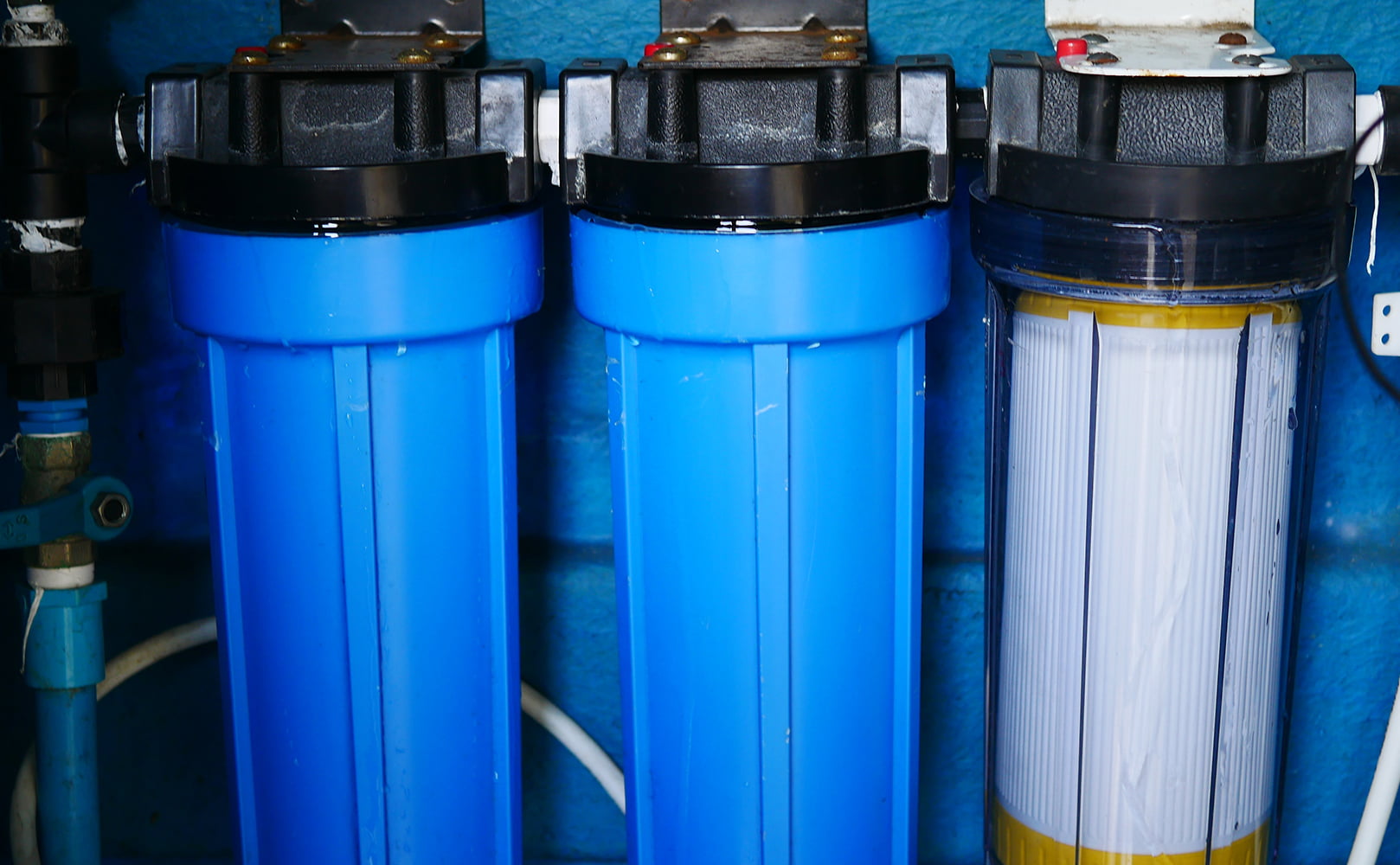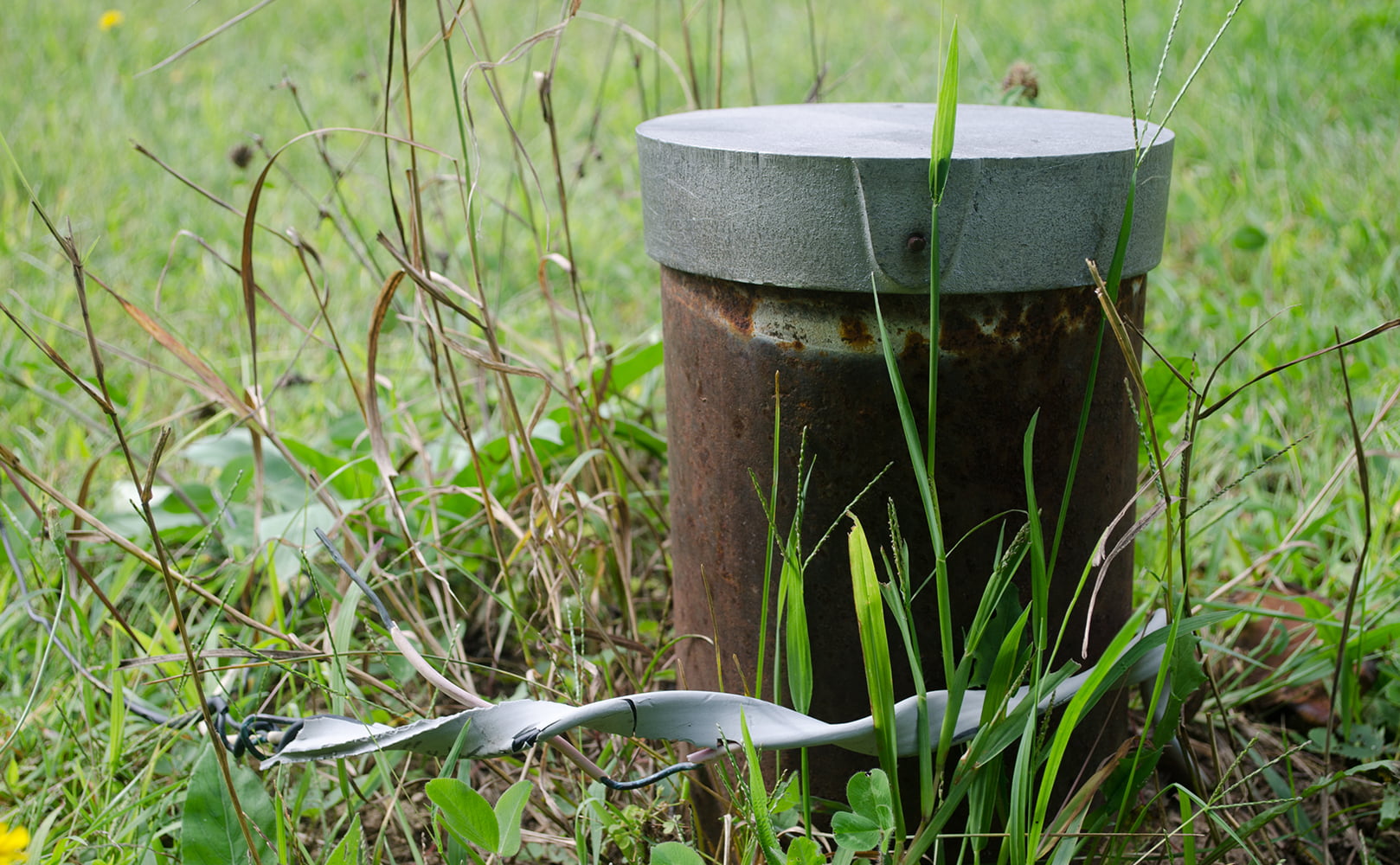How to Maintain a Well Water Filtration System
Written by: Alexandra Uta // Last Updated: Jan 4, 2023
This page may contain affiliate links. If you buy a product or service through such a link we earn a commission at no extra cost to you. Learn more.
If you’re using a filter to improve the quality of your well water, it’s important to perform regular maintenance on the system to ensure it stays in optimal condition.
Depending on the type of filtration you’re using, this may not require too much effort.
In any case, you must always familiarize yourself with the maintenance procedures required by your manufacturer to prevent any malfunctions.
So, let’s dive into how to maintain a well water filtration system!
Key Takeaways
Here’s how to maintain a well water filtration system:
- Replace filter cartridges in due time.
- Clean system regularly if need be.
- Test your well water to ensure you’re treating it for the right contaminants.
- Perform shock chlorination to get rid of bacteria.
- Ensure the system doesn’t get affected by harsh weather conditions like freezing temperatures.
Basic Well Water Filtration System Maintenance Tasks
Maintaining a well water filtration system boils down to a few main steps. Some of those might not be directly relevant to your case, but it’s still good to keep them in mind as well. In general, you should be prepared to:
- Clean your water filtration system regularly
- Replace filter cartridges once they’ve expired
- Test your well water to ensure you’re treating it for the right contaminants
- Perform shock chlorination to get rid of bacteria
- Ensure the system doesn’t get affected by harsh weather conditions like freezing temperatures
How to Replace a Well Water Filter Cartridge
Many whole house water filtration systems use replaceable filter cartridges. Those need to be changed on a regular basis to ensure that the system is operating optimally.
How to replace a well water filter? The exact steps vary from one model to the next, but the general procedure usually follows these steps:
- Shut off your water supply
- Shut off the filter’s bypass valves (if you’re using any) and allow water to drain completely from the pipes connected to the filter
- Release the system’s remaining inside pressure – there should be a dedicated button for that
- Remove the filter housing and old filter cartridge
- Check if any O-rings need to be replaced as well
- Install a new filter cartridge
- Put the housing back on
- Turn your valves back on and turn on your water supply
How often you need to replace your well filter cartridge depends on the exact model of your well water filtration system and the level of contamination you’re dealing with. Check your manufacturer’s guidelines for detailed information.
Regular Cleaning
You should also clean your well filter system regularly, though not too often. Ideally, you should do this around once per year. Every system has different cleaning requirements. In most cases, you will need to shut off the water supply, take apart the components, clean them with warm water and soap, and put everything back together.
Make sure to clean all connected systems as well. For example, if you’re using a pre-filter, that must be kept clean too.
Well Water Testing
Choosing the ideal whole house well water filter for your situation will depend on several factors. One of the main ones is the current state of your well – what kinds of contaminants you’re dealing with, and in what quantities.
You should regularly perform new tests on your water supply to ensure that you’re still using a setup that makes sense. It’s possible that some contaminants might decrease over time, or new ones might get introduced. In those cases, you might have to change to a new type of well water filter to ensure that you’re addressing the right issues.
Shock Chlorination
Shock chlorination is a simple yet very effective method of reducing the level of microbial contaminants in your well water, particularly bacteria and algae. It’s done by adding a sufficiently large amount of chlorine bleach to your water supply and allowing it to circulate through the entire system as thoroughly as possible.
After that, you must flush your pipes for a while to reduce chlorine to a safe level. Make sure to give your water system enough time to properly flush out most of the chlorine, otherwise your water won’t be safe for drinking.
Additional Maintenance Tips and Tricks
The above tips should cover most of the general maintenance required by a well water filtration system. In some cases, however, you must do some additional work to keep things running smoothly.
Winter Preparation
You should always ensure that the area around your water filter is sufficiently warm to prevent freezing. Generally speaking, you should try to prevent the temperature from falling below 50 degrees if possible.
Sometimes that’s not possible though. Homes with more limited space don’t give you much of a choice with regard to the filter’s location, and you have to make do with what’s available. If you can’t prevent sub-zero temperatures around your filter, you should try to add extra insulation directly to the system itself and all of the pipes connected to it.
Maintaining a Whole House Well Water Filtration System Before Vacation
If you’re going on a longer vacation, you should also take some precautions to minimize potential damage to your well water filter, plumbing, and house.
For one, drain the filter completely before you set off if that won’t cause any problems for your household. There should ideally be no residue water in the filter itself and in any adjacent plumbing.
If you don’t have any appliances that consume water while you’re away, that shouldn’t be an issue.
In winter, also consider leaving a faucet open with a very slight drip, just enough to keep the water moving. This will not completely prevent freezing, but it will minimize the risk.
Draining Water from the Unit
Draining a well water filter is as simple as shutting it off, closing the input valve while keeping the output one open, and allowing a nearby faucet to run for a while. Once no more water is coming out, you can open the filter system and drain any remaining water. Now, your filter and plumbing should be safe to leave unattended for an extended period of time.
If possible, have someone check on your house every once in a while, even if you’ve taken all of the above precautions. You never know when you might get a leak or another issue that has unexpected consequences on your property.
If you have any questions about well water filtration system maintenance please don’t hesitate to leave a comment below!
Information provided on BOS is for educational purposes only. The products and services we review may not be right for your individual circumstances.
We adhere to strict editorial guidelines. Rest assured, the opinions expressed have not been provided, reviewed, or otherwise endorsed by our partners – they are unbiased, independent, and the author’s alone. Our licensed experts fact-check all content for accuracy. It is accurate as of the date posted and to the best of our knowledge.



